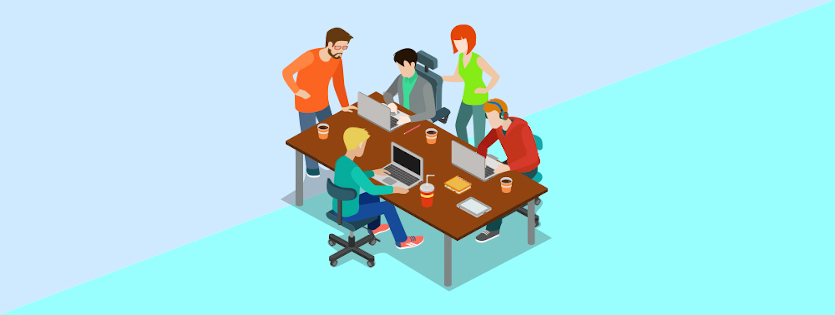The performance of the creative economy in Indonesia has been very good, it is shown in 2016 based on data from the Creative Economy Agency (Bekraft) and the Central Statistics Agency (BPS) showing that from 2010 to 2015, the gross domestic product in creative economy sector was increasing from 525.96 trillion in 2010 to 852.24 trillion in 2015 or increase on average 10.14% per year.
There are 16 subsectors that increasing rapidly and have great potential to be developed which are culinary, fashion, handicraft, television and radio, publisher, architecture, application and game developer, advertising, music, photography, performing arts, product design, interior design, fine arts, animation movies and video and visual communication design.
From 16 developing subsectors, radio is still counted in the top five of the subsectors. It implies that even with the modern technology, radio still becomes a facility that is chosen by societies as an entertainment which focused on music, jokes, interactive stories and news. The content presented on the radio is considered innovative so people still need to listen to the radio, especially when they are trapped in a traffic jam (https://www.merdeka.com/peristiwa/kenapa-radio- masih-bisa-bertahan-di-zaman-internet.html).
The broadcasting industry which is a creative industry must take big steps to push and enhance creativity of the employees. Employee creativity and organization innovation are gaining attention as a research topic since broadcasting industry highly depends on interesting entertainment to gain attention. Surabaya as the second largest city in Indonesia, has a well-developed broadcasting industry. There are 49 radio stations in Surabaya, each radio station has its own segment and attempts to take over certain segment, and Surabaya is one of the big cities that has a wide coverage and the largest radio stations in East Java ((http://jawa-timur.stt- mandala.web.id/ind/2518-408/Jawa-Timur_64054_sttmandala_jawa-timur-stt-mandala.html#Surabaya).
According to the Nielsen Radio Audience Measurement in third quarter in 2016, 57% listeners was millennials aged 18-30 years old, who are closely related to technological advancements, such as social media, from YouTube to music streaming apps.
Radio stations are required to maintain the creativity of each employee so they can compete not only with other radio stations but also with other platforms to retain listeners or get new listeners. Basically a person’s creativity is influenced by the individual himself and the company where he works. In the Regulatory Focus Theory there are two different focuses, namely promotion focus and prevention focus (Higgins, 1987).
Promotion focus occurs when people focus on the goal in achieving goals, explore themselves, it is an important aspect of creativity. Individuals with promotion focus avoid safe environments, dare to take risks in achieving their goals. Individuals with promotion focus tend to generate new ideas and develop themselves. In addition to promotion focus, there are individuals with a prevention focus, individuals who tend to be afraid of taking risks or to choose a safe path that can inhibit the enhanced creativity in individuals.
Creative performance is not only influenced by internal aspects of employees but also from the company. The work environment must provide opportunities for individuals to enhance their creativity. It shows that creativity does not only come from within a person, but there is stimulation provided by external parties or in this case is the company. One thing that companies can do to improve employee creative performance is by providing intellectual stimulation.
Intellectual stimulation can enhance creativity in individuals who have the promotion focus. When a manager involves individuals in problem-solving activities, the individual can enhance its creativity. In the relationship context between promotion focus and creativity, with the presence of intellectual stimulation, managers will expand skills, develop ability to solve problems, maintain employee growth and work performance. Moreover, intellectual stimulation can make employees think of strategies to achieve goals.
Thus, intellectual stimulation will encourage employees to face challenges and problems, by offering creative ideas to improve products or services. These activities will affect individual motivation, especially those who have a tendency to promotion focus. Existing intellectual stimulation can provide challenges so that it will improve creativity. (*)
Author: Jovi Sulistiawan
Full article can be viewed on





